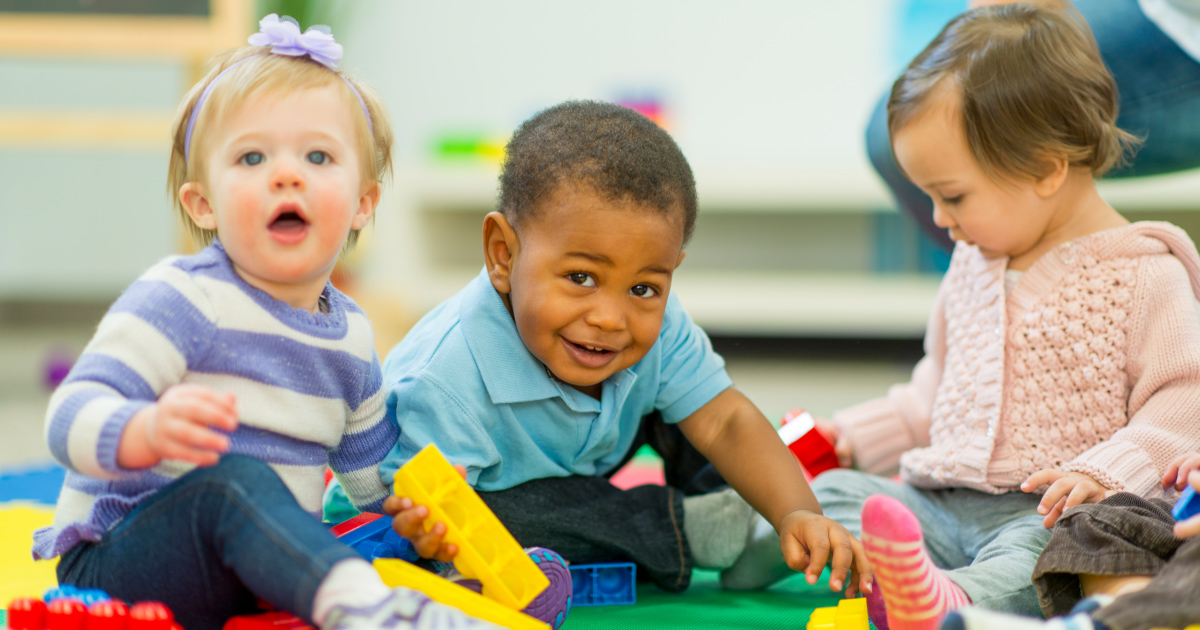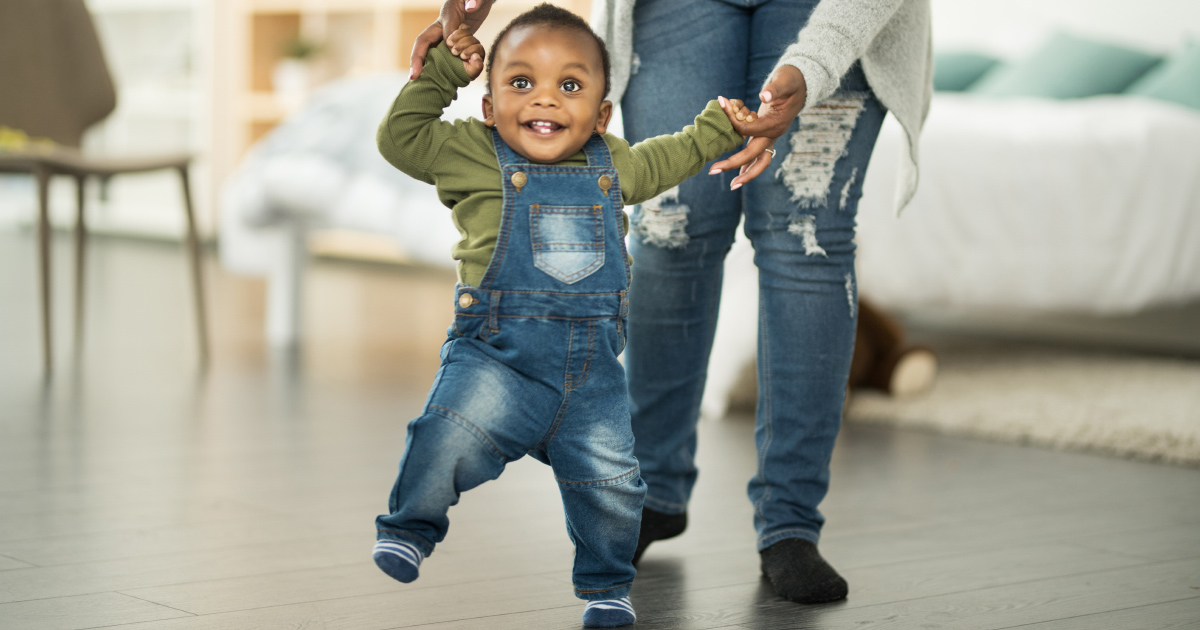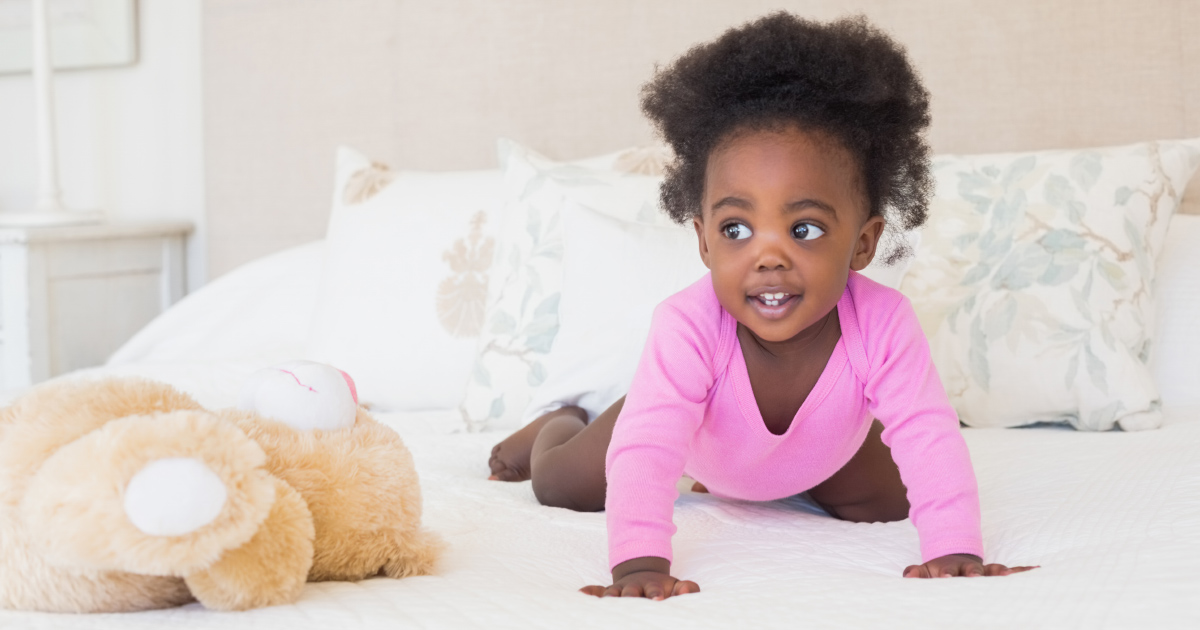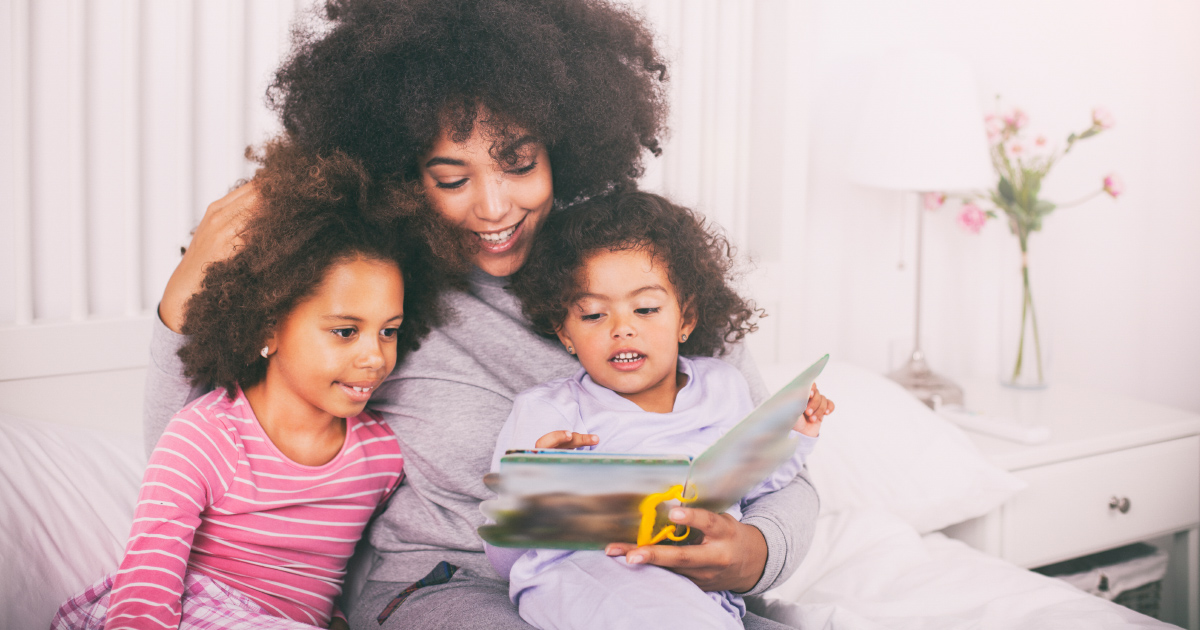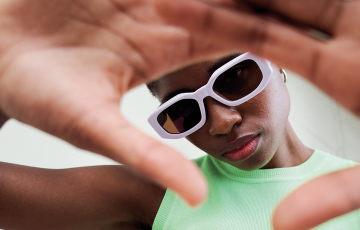Milestones and your baby

You’ve seen those lists of what your baby is supposed to be doing at one month, two months … They’re called milestones and they’re quite useful. Just don’t lose sleep over them.
Babies don’t all look the same – you could spot yours right away in an overcrowded nursery, won’t you? Keep that in mind when you read about milestones.
So what are they? Milestones are a long list of things the average babies can do at certain ages as they grow. This is a rough guide for parents and doctors to see if a baby is fine or if something should be checked.
It sounds vague, and it is. Just like babies don’t look the same, they develop at their own pace. Some studies say environment, diet, and personality (or temperament) also play a part.
WHEN SHOULD YOU BE WORRIED?
There is such a thing as baby development anxiety. Don’t compare your kid to others and don’t push a child towards these markers. The best way is to make sure your baby is having regular check-ups with a paediatrician or baby clinic sister.
Only if a baby is not achieving what a child of the same age “should be able to do” consistently, tell your doctor. And you should know that even then there might not be a problem, according to What to Expect, the site of Heidi Murkoff who wrote the best-seller What to Expect When You’re Expecting.
In the long run, top US psychologist Lawrence Kutner has said, it really doesn’t matter whether you learn to walk at 10, 12 or 15 months – as long as you learn to walk.
Here’s a list of some milestones to give you a general idea. For premature babies, work out their age from the due date and not the actual birth date. They have some catching up to do. And relax – they will.
Birth to eight weeks
Startles easily at a loud noise. Closes eyes to avoid bright lights. Sneezes and coughs. Sucks fists. Makes gurgling sounds. Recognises parents’ voices.
2 Months
Baby begins to smile at people. Can briefly self-calm (may suck on hand). Coos, makes gurgling sounds. Pays attention to faces. Can hold head up and begins to push up when lying on tummy.
4 Months
Smiles spontaneously, especially at people. Likes to play with people and might cry when it stops. Babbles with expression and copies sounds. Uses hands and eyes together, such as seeing a toy and reaching for it. May be able to roll over from tummy to back. Holds head steady, unsupported.
6 Months
Knows familiar faces and begins to know if someone is a stranger. Likes to play with others, especially parents. Responds to own name. Brings things to mouth. Begins to pass things from one hand to the other. Begins to sit without support. Tries to get things that are out of reach.
9 Months
Has favourite toys. Understands “no”. Makes different sounds like “mamamama”. Picks up things between thumb and index finger. Stand while holding on and sits without support.
1 Year
Plays games such as peek-a-boo. Cries when mum or dad leaves. Has favourite things and people. Responds to simple spoken requests. Explores things in different ways, like shaking, banging, throwing. Starts to use things correctly. Pulls up to stand, walks holding on to furniture.
18 Months
Walks alone and pulls toys while walking. Likes to hand things to others as play. Drinks from a cup. Says several single words. Says and shakes head “no”. Points to body parts.
2 Years
Runs and jumps. Says sentences with two to four words. Follows two-step instructions. Plays simple make-believe games. Kicks a ball. Draws or copies straight lines and circles.
3 Years
Climbs well, pedals a tricycle, walks up and down stairs with one foot on each step. Talks well enough for strangers to understand most of the time. Sorts objects by shape and colour. Can use the toilet. Eats well with spoon and fork.
WHAT ABOUT CRAWLING?
Many experts will tell you that a baby should crawl because it builds strength and stability in the shoulders and will help with controlling their hands later for other skills.
In the ‘90s there were campaigns that taught parents to let babies sleep on their back to lower the risk of Sudden Infant Death Syndrome (SIDS), or cot death. Then a UK-based study in 2017 found that more and more children are crawling less and many are skipping this phase.
Is that bad? A baby on its tummy develops strength in the neck arms, wrists and shoulder girdle. That can come through crawling, but also through regular tummy time. But the same study and a US poll later found no difference in development between crawlers and non-crawlers.
WHAT SHOULD YOU DO?
No matter who you believe, you can help baby build the strength for crawling before it’s likely to happen (at around 7 to 10 months). Place your baby on his tummy and play for several minutes a few times a day. Put toys and interesting things just outside reach – or even obstacles such as a pillow for an extra challenge. Just watch all the time in case your baby falls over or gets stuck.
HELPING THEM GROW
There are things you can do to help children develop in their first year. Talk to them. Answer when your baby makes sounds by repeating the sounds and adding words. Read and sing to your baby. Give lots of praise, lots of cuddles and loving attention. Getting to a milestone when you’re that small is a big deal, so show your baby that you’re as excited about it as they are.
If you want to know more about milestones, sites like What to Expect have very detailed information. If you want to know even more, look for the free Milestone Tracker app, developed by the Centers for Disease Control and Prevention of the US government.
Sources: www.cdc.gov, medlineplus.gov, www.verywellfamily.com, www.whattoexpect.com, www.nordicnaturals.com, childmind.org.
Related articles

Latest Jet club magazine
We’ve got the latest trends, exciting prizes and exclusive savings just for you!
Jet Club will not pass your details to anyone else. By clicking the subscribe button you confirm you have read and agree to the Jet Club Terms and conditions and Jet Club Privacy Statement.
Subscribe